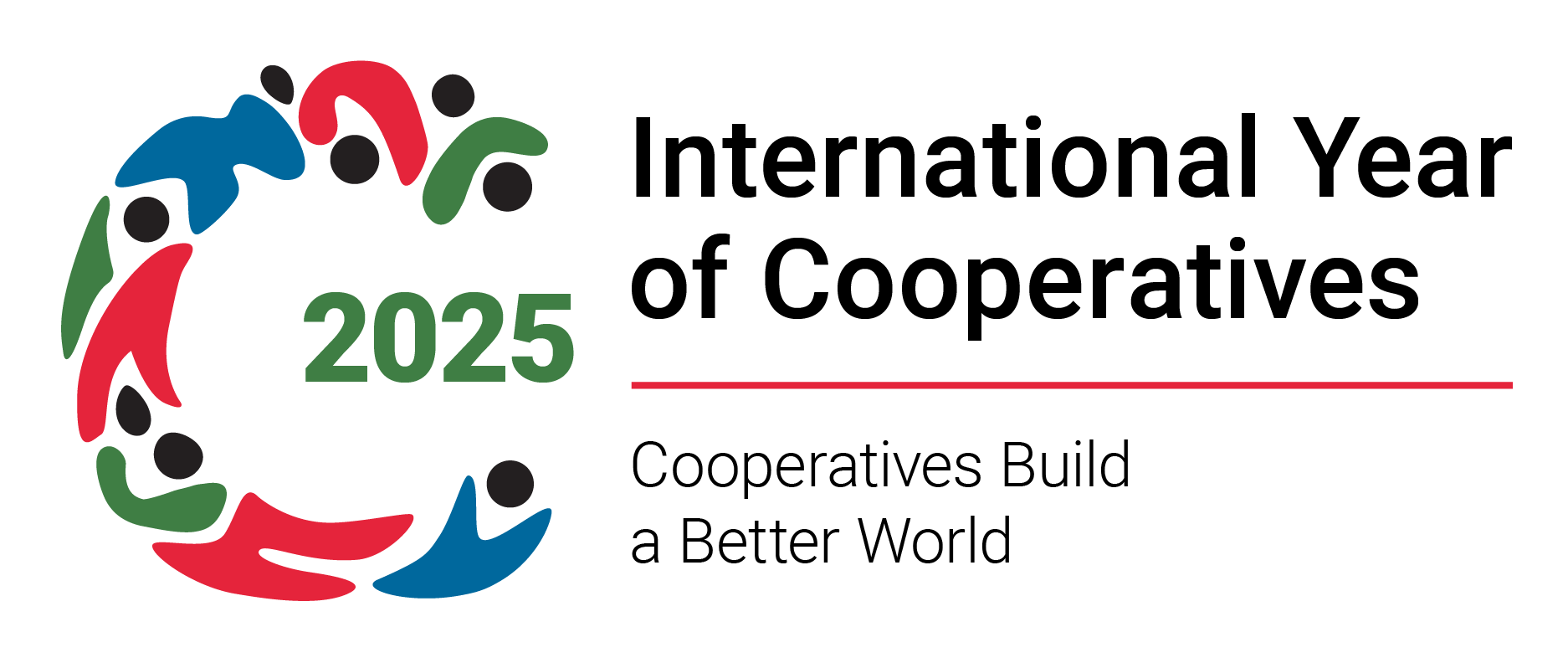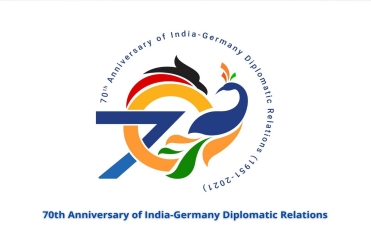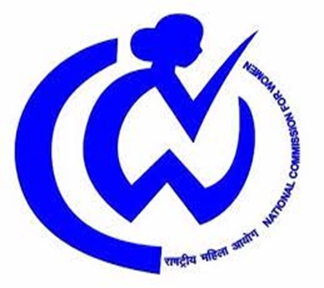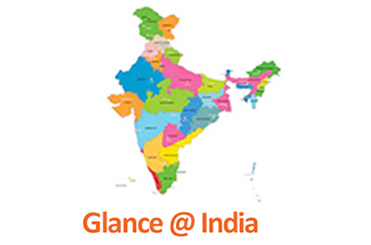- Home
- About Us
-
Consular Services
- Launch of e-Clearance for Afterlife Remains (eCARe) portal
- Instructions regarding entry into the consular Wing
- Reissue of International Driving Permit (IDP)
- Postal Applications
- Visa Services
- Passport Services
- OCI Information
- Renunciation of Indian Citizenship/Surrender Certificate
- Attestation,Consular and Misc.Services
- Weekly Open House
- MADAD - Consular Services Management System
- Indian Community Welfare Fund
- FAQs on Marital disputes involving NRI/PIO spouses

- Public Notices & Circulars
-
Embassy Wings
- Economic & Commercial Wing
- Contacts
- GI Digital Catalogue

- Overview of Indian Economy
- India-Germany Economic & Commercial Relations
- Doing Business in India
- Make in India

- Invest India

- Flagship Programs of Government of India

- Doing Business in Germany
- Trade Fairs
- Trade Dispute Advisory
- Foreign Investment
- Foreign Trade
- Newsletters

- Attestation of Documents

- Community Welfare
- Culture
- Information Wing/Media Center
- Science & Technology

- Political
- Consular
- Defence Wing
- Economic & Commercial Wing
- Media Center
- India-Germany Relations
- MIIM
- Useful Links
- Tenders
Article: ‘The Indian paradigm for citizen friendly governance' by Mr. R.S. Sharma
‘E-Governance: The Indian paradigm for citizen friendly governance’
R S Sharma
Chairman, TRAI
Building trust between governments and citizens is fundamental to good governance. Information and Communication Technology (ICT) has been recognized as an essential tool for achieving the new Sustainable Development Goals (SDGs) set by United Nations for the welfare of mankind. It is globally recognized that ICT promotes good governance. ICT can help build trust by enabling citizen engagement in the policy process, promoting open and accountable governance. Through e-governance, government services can be made available to citizens in a convenient, efficient and transparent manner. ICT can help in improving efficiency in mass processing tasks and public administration operations.
India is ranked at position 107 on e-Government Development Index (EGDI)[1] published by United Nations for the year 2016. Due to consistent efforts by all stakeholders, ranking of the country has improved by 11 positions as comparison to the year 2014 where it was 118. Similarly improvements have been reflected in e-Participation Index (EPART). India has been ranked at 27 for the year 2016 in comparison the rank 40 in 2014. However, notwithstanding the economic progress over the last decade, the digital divide in the country continues to be significant. As per telecom data released by Telecom Regulatory Authority of India(TRAI), at the end of May, 2017, the Urban Tele-density has reached to 172.28 and the Rural Tele-density has reached to 55.89.
E-government rank of India increased from 86 1=best in 2004 to 107 1=best in 2016 growing at an average annual rate of 4.41 %.
Government’s Citizen friendly initiatives on e-Governance
Digital India Program
‘Digital India’ initiative, announced as flagship program in 2015 by Govt aims to transform India into a digital economy with participation from citizens, businesses and promises to transform the country into a digitally empowered society and a knowledge economy with high intellectual capital. Among the nine pillars of ‘Digital India’, the government has inter-alia stressed upon to:
(1) Create Broadband Highways;
(2) E-Governance – Reforming government through Technology;
(3) eKranti – Electronic delivery of services.
Broadly Digital India initiative aims to help in achieving the vision of:
- Digital Infrastructure as a Utility to Every Citizen
- Governance & Services on Demand
- Digital Empowerment of Citizens
The government has taken numerous initiatives on citizen friendly egovernance in recent years. Some of the initiatives can be termed as unique to our country since there is huge diversity in cultural, language and traits.
India's Digital Identity Infrastructure
The government has initiated an ambitious e-governance projects Unique Identification (UID) project by organisation The Unique Identification Authority of India’s. The UID aims to provide a real-time service for verifying the identity of any Indian resident through biometrics and demographic information by name called 'Aadhaar'. The government has initiated delivery of services and several welfare schemes which have been intended to uplift and benefit the bottom line of citizens in society. Further, governments have been successful in linking Aadhaar number with several welfare scheme like LPG subsidy, scholarship to the students, pension and Public Distribution System (PDS) etc to pass the benefits to the authorised persons only.
India's Payment Infrastructure
Unified Payments Interface
Unified platforms and applications have been developed to promote and facilitate digital financial transactions by every stratum of citizens. Unified Payments Interface (UPI) is one such system that powers multiple bank accounts into a single mobile application (of any participating bank), merging several banking features, seamless fund routing & merchant payments into one hood.
Introduction of Bharat Interface for Money (BHIM) app has enabled the masses to make digital financial transactions simpler, easier and quicker. Aadhaar number linked with mobile number makes the application an unique one.
Other e-Governance Initiatives
Unified Mobile Application for New Age Governance (UMANG) application launched by the government provide a vast unified platform to citizens to access more than 200 e-Governance services from the Centre, States and even from local bodies and other private agencies on their mobile phone. UMANG services have been made available to the citizens in multiple channels like mobile app, web, IVR and SMS which can be accessed through smart phones, features phones, computers, and tablets. UMANG also untilises Aadhaar based authentication mechanism.
Government e-Marketplace (GeM) has been introduced by the government aims to enhance transparency, efficiency and speed in public procurement. It provides the tools of e-bidding, reverse e-auction and demand aggregation to facilitate the government users achieve the best value for their money.
e-Pramaan offers secure authentication with various levels of assurances by verifying the credentials of e-Pramaan users accessing different e-Governance services through internet or mobile devices. e-Praman provides uniformity in authentication method and eliminated to provide different types of identity proofs for accessing public services by the citizens. This application is benefitting the Lakhs of pensioners in the country.
Role of telecom sector in implementation and sustenance of e-Governance
To access all citizen services using e-access connectivity is the most important component. In this area telecom sector plays a vital role which will help in realizing the 'Digital India' vision and facilitate inclusive growth. In particular, telecom infrastructure provides the foundation to achieve the objectives creation of broadband highway covering both rural and urban areas, universal access to mobile connectivity, public internet access and to develop smart cities in the country. The government of India (GoI) has played a significant role in strengthening the telecom sector through various policy supports.
1.Initiatives of the Government of India (GoI)
Provision of Universal Service Obligation (USO) fund: The Universal Service Obligation Fund (USOF) has been envisioned since NTP-1999 to provide a balance between the provisions of Universal Service to all uncovered areas, including the rural areas. USOF so far has been able to help in deployment and strengthening of telecom infrastructure in rural,under-covered and inaccessible zones in the country.
National Broadband Policy-2004: In order to provide ubiquitous e-Governance access to all citizens, availability of high speed, affordable Broadband as underlying telecom infrastructure is essentially important. In this dimension National Broadband Policy-2004 can be treated as first step on telecom infrastructure in reflecting the vision of the government to implement e-Governance.
National Telecom Policy-2012: Broadband infrastructure deployment is a key to Digital inclusion of citizens of the country. There has been direct correlation between penetration of broadband and GDP of the country. Recognising this fact, the government’s vision document, the National Telecom Policy 2012 (NTP-2012) envisages transforming the country into an empowered and inclusive knowledge-based society using telecommunications as a platform. One of the objectives of NTP-2012 has been to enable citizens to participate in and contribute to e-governance in key sectors like health, education, skill development, employment, governance, banking etc. to ensure equitable and inclusive growth.
Digital India and implementation of BharatNet: As an initiative to strengthen broadband infrastructure, GoI setup National Optical Fibre Network (NOFN) in 2011 to provide connectivity to 2,50,000 Gram Panchayats of the country in phased manner which would ensure broadband connectivity with adequate bandwidth. Services like G2C, B2B, P2P, B2C etc. covering e-education, remote health monitoring, e-governance, weather, agriculture etc. can be accessed by common man through NOFN. In order to further the goals and objectives under ‘Digital India’ initiative, NOFN has been eventually upgraded to a full-fledged project BharatNet.
- Initiatives by Telecom Regulatory Authority of India (TRAI) to synergise the e-Governance initiatives by the government
- Delivering Broadband Quickly: TRAI in April, 2015 recommended to the Government for single-window and time-bound clearance for all Right of Way (RoW) proposals at the level of the States and in the Central Government for the proliferation of Broadband. TRAI has also recommended Governments to act as model users and anchor tenants through delivery of e-Government services including e-education, e-governance, m-health, m-banking and other such services provision of Broadband connectivity to Government schools in the rural and remote areas through subsidy from USOF.
- Implementation of BharatNet: TRAI in February, 2016 sent its recommendations to the Government on Implementation Strategy for BharatNet suggesting Public private partnership (PPP) that aligns private incentives with long term service delivery in the vein of the Build-Own-Operate Transfer/Build-Operate-Transfer models as the preferred choice for the national broadband network, BharatNet.
- USSD based mobile banking transactions: There are large numbers of people in rural areas having feature (basic) phone. USSD based program can be used for making banking transactions by using basic feature phone. TRAI, in order to provide relief to masses and broaden financial inclusion, in November, 2016 lowered the ceiling tariff to a maximum of 50 paise per transaction, each having 8 steps, from earlier rate of Rs 1.50 per session, where each session comprised 5 steps.
- Aadhaar based e-KYC norms: TRAI put forth its recommendations to the Govt to allow electronic KYC of Aadhaar as one of the valid documents for getting a new mobile connection. Consequently, the Govet issued e-KYC guidelines in August, 2016 to make the process of application and authentication faster and simpler for subscribers.
- Broadband penetration through public Wi-Fi: In order to increase Internet penetration in the country, TRAI in its latest release in March, 2017 on ‘Proliferation of Broadband through Public Wi-Fi Networks’ has inter-alia recommended Govt to overcome the regulatory and commercial constraints that potentially hinder the growth of scalable and ubiquitous WiFi in the country.
- Bridging the Affordability gap: In order to bridge the affordability gap in rural areas, TRAI sent its recommendations on ‘Encouraging Data usage in Rural Areas through Provisioning of Free Data’, in December, 2016, suggesting a reasonable amount of data, say 100 MB per month, be made available to rural subscribers for free. The cost of implementation of the scheme may be met from USOF.
Various initiatives enumerated above will certainly help in proliferation of eGovernance services to the citizens. These will also help make India a digitally empowered society and bring in transparency and accountability in the systems.
[1] https://publicadministration.un.org/egovkb/en-us/Data/Country-Information/id/77-India/dataYear/2016


























